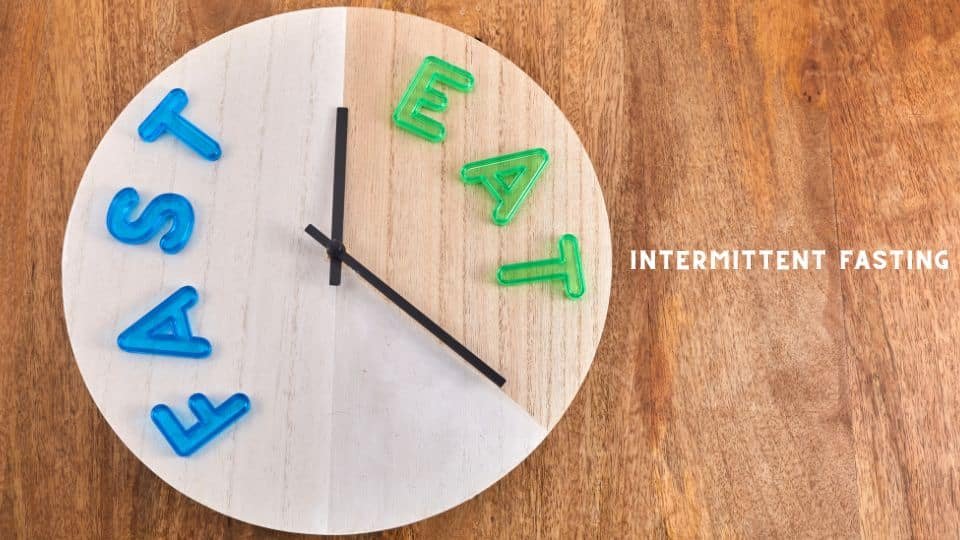Welcome! Today! We’re diving into a fascinating study that could revolutionize how we approach weight loss and managing Type 2 diabetes. So, grab a seat, because this is big!
Picture this: it’s mealtime but with a twist. Instead of watching what you eat, you’re watching the clock. That’s what time-restricted eating is all about. A recent study published in JAMA Network Open by the University of Illinois, Chicago, looked into this method to help manage weight and blood sugar levels for folks dealing with Type 2 diabetes. Researchers investigated the effectiveness of a unique eating approach called time-restricted eating (TRE) in comparison to traditional calorie counting for individuals with Type 2 diabetes.
Alright, so let’s break this down. Time-restricted eating isn’t about what you eat but when you eat. The study took a group of 75 participants with Type 2 diabetes and split them into three groups: one doing time-restricted eating, another doing calorie restriction, and a control group doing their normal routine.
Here’s the kicker. The time-restricted eating group could eat only within an 8-hour window, from 12 pm to 8 pm, without having to count calories. On the other hand, the calorie restriction group cut back on their daily intake by 25%. The results are eye-opening.
First off, the folks doing time-restricted eating saw some serious wins in the weight loss department. They lost about 3.6% of their body weight in six months. That’s more than double the weight loss compared to the calorie restriction group, which clocked in at 1.8%.
But here’s the surprise: when it comes to managing blood sugar, both groups showed similar improvements in their hemoglobin A1c levels. This means that both time-restricted eating and calorie restriction were equally effective at controlling blood sugar levels in these individuals.
So, what does this all mean? Well, it suggests that time-restricted eating might be a game-changer for weight loss, especially for folks with Type 2 diabetes. It’s not just about what you eat but when you eat it. And the best part? You don’t have to obsess over calorie counting.
You can also view this article: Discover the Truth: Can a High-Protein or Normal Protein Diet Help Manage Type 2 Diabetes?
Now, this study was a big deal, but it’s important to note that it’s just the beginning. Larger studies with longer durations are needed to confirm these findings. Think of it as a promising marker rather than a definitive answer.
For those diving into the science behind it, the study was published in JAMA Network Open, a respected medical journal; the link is provided in the description. And it’s exciting to see how these new approaches are shaking up traditional methods.
Ultimately, it’s about finding what works best for you. Time-restricted eating might be a game-changer for some, while others might find success with different strategies. It’s all about exploring and finding what suits your body and lifestyle.
Remember, these findings don’t mean one size fits all. Always consult with a healthcare professional before making significant changes to your diet, especially if you’re managing a health condition like diabetes.
So, that’s the scoop on time-restricted eating and its potential for weight loss and managing Type 2 diabetes. It’s thrilling to see science opening up new doors in the world of health and wellness.
And that’s a wrap for today’s dive into time-restricted eating and its impact on managing Type 2 diabetes. Take care, everyone!
Glossary:
- Time-Restricted Eating (TRE): A dietary approach focused on when to eat rather than what to eat, restricting the daily eating window to a specific time frame.
- Type 2 Diabetes: A chronic condition that affects the way the body metabolizes sugar (glucose), leading to high blood sugar levels.
- JAMA Network Open: A reputable medical journal where the study about time-restricted eating and Type 2 diabetes was published.
- Calorie Restriction: Reducing the daily intake of calories, typically aiming for a specific reduction percentage, in this case, 25%.
- Hemoglobin A1c: A measure of average blood sugar levels over the past two to three months, crucial in assessing diabetes management.
- Control Group: The group in a study that follows its regular routine without any changes.
- University of Illinois, Chicago: The institution where the study on time-restricted eating and its effects on Type 2 diabetes was conducted.
- Hemoglobin A1c Levels: The levels of a compound in the blood that indicates the average blood sugar levels over a few months.
Journal Reference:
Pavlou V, Cienfuegos S, Lin S, et al. Effect of Time-Restricted Eating on Weight Loss in Adults With Type 2 Diabetes: A Randomized Clinical Trial. JAMA Netw Open. 2023;6(10):e2339337. doi:10.1001/jamanetworkopen.2023.39337



 By
By










